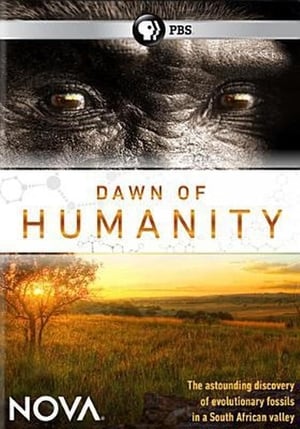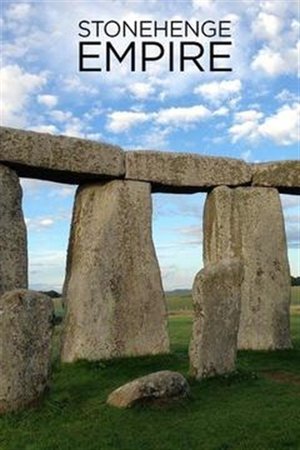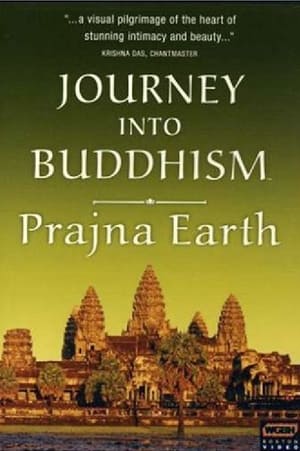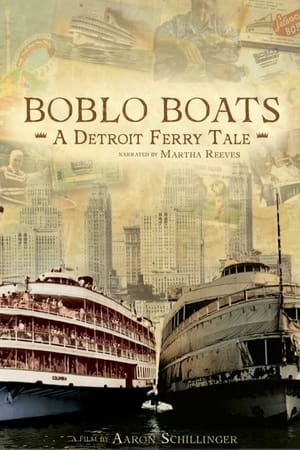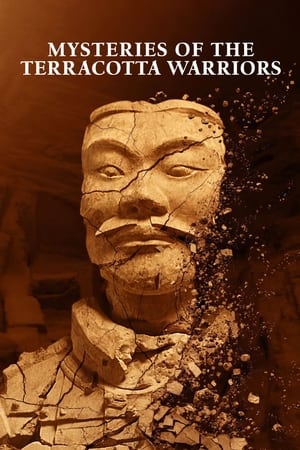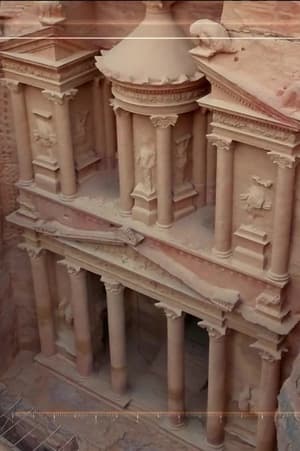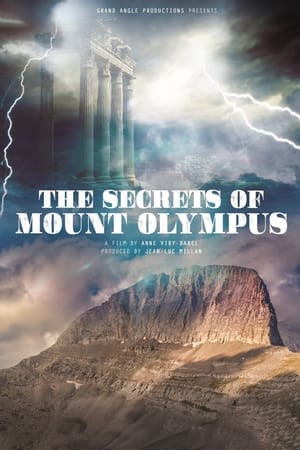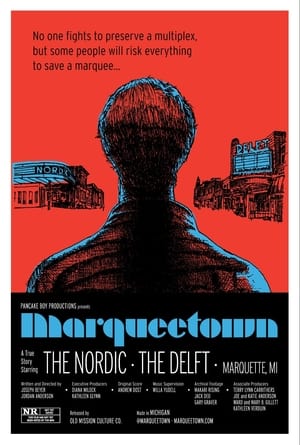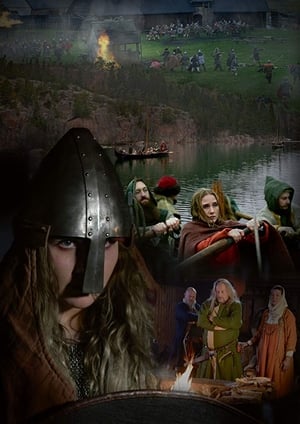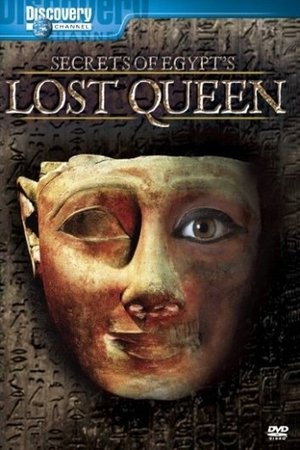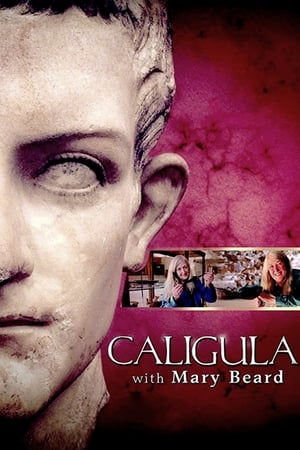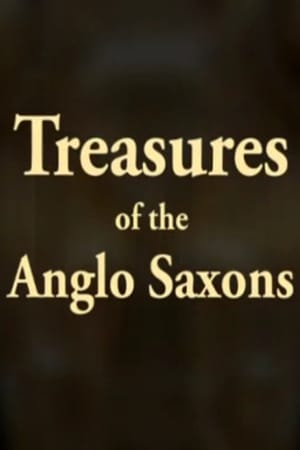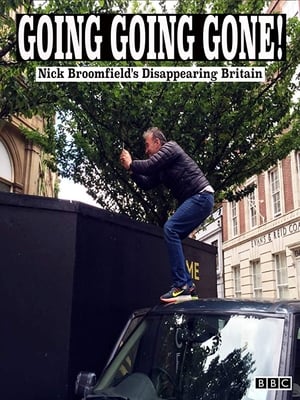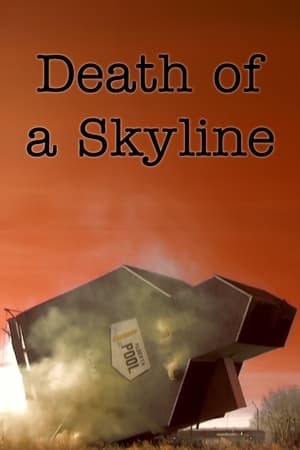Overview
The temple complex of Banteay Chhmar in Cambodia is half-ruined, but of enchanting beauty. It is the last major temple of the old Khmer empire. The people of the village are rediscovering it: as a place of spiritual inspiration and the center of cultural life. With almost no outside help, the inhabitants of the small village are fighting to preserve and restore the complex.

 German
German
 6
6
 2020
2020
 Germany
Germany
